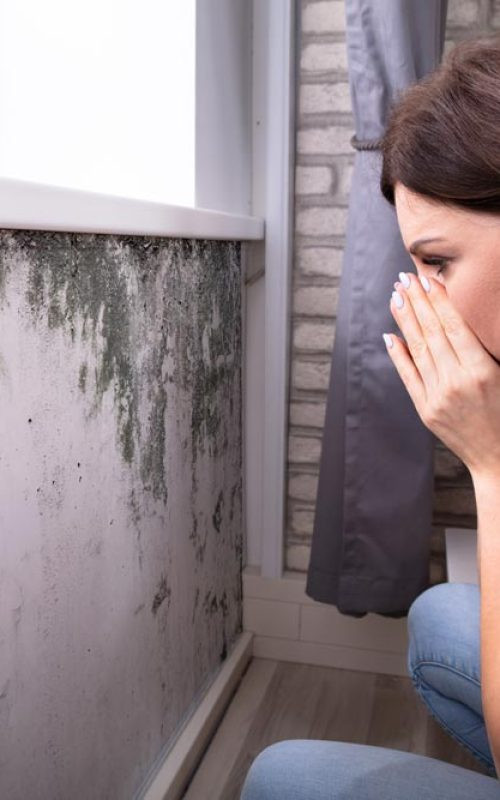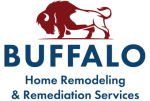Water Damage Restoration Success Depends on Thorough Professional Mold Inspection
Comprehensive water damage restoration requires professional mold inspection protocols that identify fungal contamination before visible growth appears in Houston properties. Buffalo Home Remodeling & Remediation Services utilizes certified inspection procedures including air sampling, surface testing, and moisture analysis to detect mold colonies developing within 24-48 hours of water intrusion. Professional inspectors document contamination levels, identify specific mold species, and establish remediation requirements that protect both property values and occupant health throughout the restoration process.
Laboratory Analysis Identifies Toxic Mold Species Requiring Specialized Treatment
Professional mold inspectors collect samples for microscopic analysis that distinguishes between allergenic, pathogenic, and toxigenic mold varieties requiring different remediation approaches. Buffalo Home Remodeling sends specimens to accredited laboratories where mycologists identify species like Stachybotrys, Chaetomium, and Fusarium that produce dangerous mycotoxins. Surface swabs and tape lifts reveal spore concentrations that determine whether occupants can safely remain during remediation procedures. The Centers for Disease Control and Prevention recommends professional species identification for developing appropriate safety protocols during mold cleanup.
Moisture Mapping Technology Reveals Hidden Water Sources Feeding Mold Growth
Certified inspectors employ penetrating and non-penetrating moisture meters to create detailed maps showing water distribution throughout building materials after damage events. Buffalo Home Remodeling technicians identify moisture pockets behind tiles, under vinyl flooring, and within wall assemblies where mold thrives undetected. These comprehensive moisture assessments reveal ongoing leaks, condensation issues, and inadequate drying that perpetuate mold problems after initial water damage cleanup. According to the Institute of Inspection Cleaning and Restoration Certification, professional moisture mapping prevents 75% of recurring mold infestations.
Air Quality Testing Measures Dangerous Spore Concentrations Throughout Properties
Professional mold inspections include calibrated air sampling pumps that capture airborne spores for quantification and comparison against outdoor control samples. Buffalo Home Remodeling establishes testing protocols measuring spore counts in multiple rooms, HVAC systems, and confined spaces where contamination concentrates. Indoor spore levels exceeding outdoor concentrations by 150% indicate active mold growth requiring immediate remediation. The Environmental Protection Agency establishes that professional air testing provides the only reliable method for assessing indoor mold exposure risks.
Thermal Imaging Cameras Detect Temperature Variations Indicating Mold Activity
Advanced infrared technology reveals temperature differences caused by moisture evaporation and biological heat from active mold metabolism behind finished surfaces. Buffalo Home Remodeling inspectors scan ceilings, walls, and floors to identify cool spots indicating water intrusion and warm areas suggesting biological growth. This non-invasive inspection method prevents unnecessary demolition while ensuring complete identification of affected areas requiring remediation. Research from the American Industrial Hygiene Association confirms thermal imaging increases mold detection accuracy by 90% compared to visual inspection alone.
Documentation Protocols Support Insurance Claims and Legal Requirements
Professional mold inspectors create comprehensive reports including photographs, chain-of-custody forms, and detailed findings that satisfy insurance company requirements for coverage approval. Buffalo Home Remodeling provides time-stamped documentation establishing pre-existing conditions, causation links to covered water damage events, and remediation scope justification. These official inspection reports protect property owners during real estate transactions, tenant disputes, and health-related litigation. The National Association of Mold Professionals standards ensure inspection documentation meets legal admissibility requirements for insurance and court proceedings.




